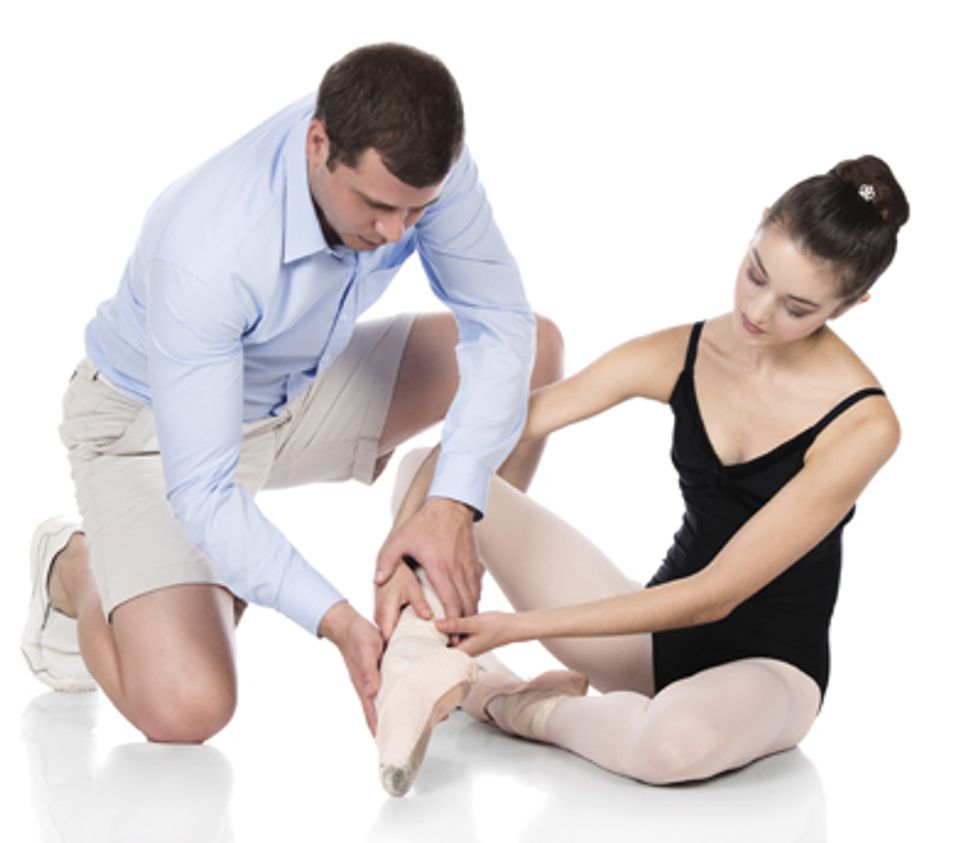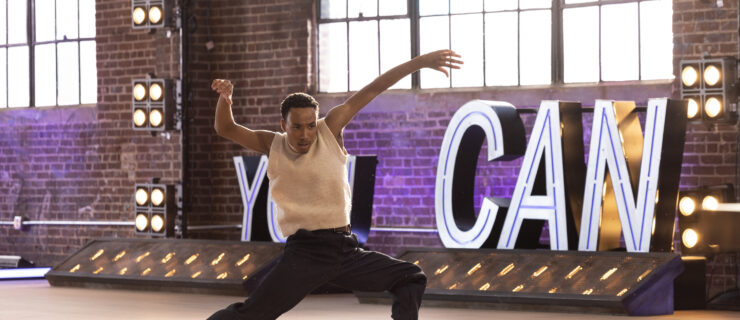Top 10 Injury Prevention Tips

Speak up about any pain you might be feeling and get it checked by a professional.
Photo by Nanette Grebe/Thinkstock
Do you ever wonder if you are getting enough calcium? What about enough sleep? Did you know it’s possible overstretch your legs to the point of injury?
Those were just a few of the topics addressed at last night’s Injury Prevention Workshop, part of the Complete Dancer Series at the School at Steps in NYC. During the event, we heard from a professor of orthopedic surgery, a representative from the Harkness Center for Dance Injuries, a Pilates instructor and New York City Ballet principal Sara Mearns about what dancers can do to prevent injuries and enjoy long, strong and healthy careers. Dance Spirit was there to get the lowdown:
- Women accrue more than half of their skeletal mass during puberty. What does this mean? We need to increase our calcium intake as much as possible since it can help prevent stress fractures now, and osteoporosis later. We also need lots of protein. Now, this doesn’t mean you need to scarf down a hamburger and seven glasses of milk with dinner each night. Green leafy veggies are a better source of calcium than milk. Try adding some kale to your morning smoothies—you won’t even know it’s in there.
- According to The Harkness Center, 60 percent of all dance injuries are chronic—caused by overuse (or misuse) over a long period of time—like tendonitis, bursitis, or stress fractures. (Compare that to 35 percent of acute injuries—one-and-done-type injuries, like ankle sprains.) So this means three things:
-

Robin Powell leads a Pilates demonstration.
Photo by A. Greenwald, courtesy The School at Steps.Working correctly with proper technique and alignment, plus dancing on good flooring, can help prevent chronic injuries caused by misuse. Think about this: One dancer does 200 jumps in one class. Umm…that’s a lot of stress on your joints!
- Taking class all the time without any other activity is not healthy. Work in parallel, too—not only turnout. Play sports. Go to yoga class. If you do the same motions over and over again, you’re creating muscular imbalances which can lead to injury. Strengthen your whole body—not just a few select muscles.
- Fatigue is a HUGE cause of injury. You get injured when you’re tired—when your muscles and joints are tired and when YOU are tired. So…
-
Get lots of sleep.
Teen dancers need 9.25 hours every night. It may seem like a lot, but it can help.
-

From left: Dr. Andrew Price, Leigh Heflin, Robin Powell, Sara Mearns and Kate Thomas.
Photo by A. Greenwald, courtesy of The School at Steps.As dancers, we are often “Type A” people—and perfectionists. Stress can be a healthy motivator for us. But stress also makes us tired. So remember that our parents and our teachers are our allies, not our enemies. If you feel extremely tired in class one day—maybe you woke up four times the night before and then didn’t get to eat breakfast—tell someone! If you try to push through a hard class and you’re not all “there,” you could be putting yourself at risk for injury.
- Think of your muscles like Play Dough. When it’s cold and right out of the tub, the dough breaks easily when stretched. You have to mush it and mold it before it becomes pliable and stretchable. So after a long day of class and rehearsal, don’t go home and stretch more—you’ll be too cold. Plus, your body needs time to repair so you can be at your best the next day. Eat, do your homework and chill out. Save the stretching for the studio.
-
If you feel something, say something.
If something hurts, speak up and tell your teacher. Overuse injuries are often easier to fix if they’re caught early on. Of course, lots of times dancers are just sore. So how do you know when “sore” is really an injury? A good rule of thumb is that if it hurts for more than five days, see a doctor or medical professional. Chronic injuries are hard to detect, but if the soreness keeps happening, or it goes away and comes back more intense, there’s cause for concern. Make an appointment ASAP—sometimes you won’t be able to be seen for a few more days—and tell your teachers.
-
Take time off.
It’s suggested that all athletes need three months off to perform at their highest level. This doesn’t mean you have to suddenly become a couch potato for three months each summer. But schedule a week here or there when you don’t dance. Take Pilates, do yoga, go bike riding. Stay active, but stay out of the dance studio. It may sound blasphemous, but it can really help in the long run.

Sara Mearns spoke about her injury prevention regimen: a full-body massage using foam rollers and balls every morning following a hot shower.
Photo by A. Greenwald, courtesy The School at Steps.
Want to find out more? The Harkness Center for Dance Injuries (in NYC) offers one-on-one injury prevention assessments. They’re free! You can make an appointment to look at your flexibility, strength, mobility or hypermobility and discuss what you need to stay healthy. Check their website for more info and details.




